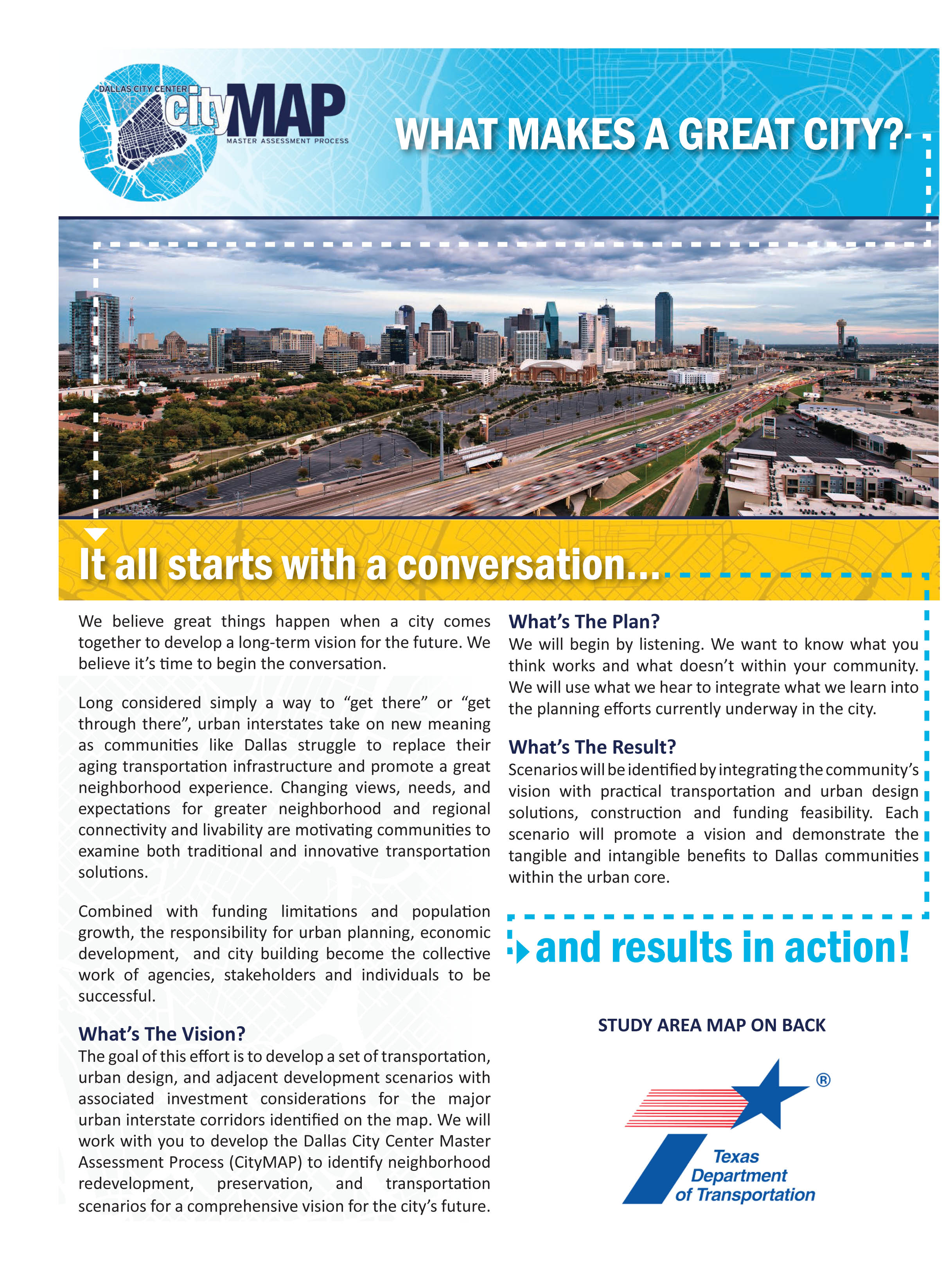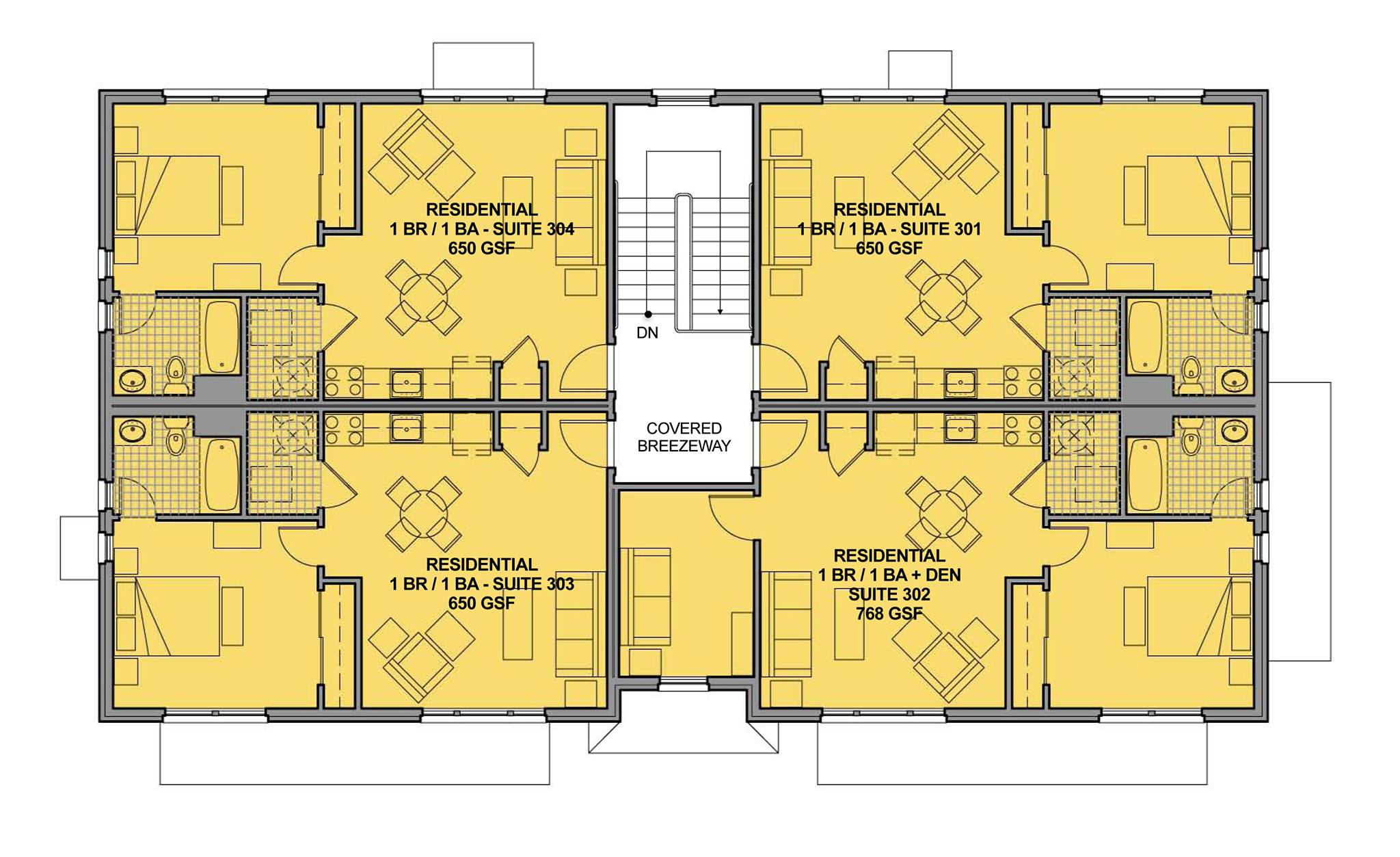In a previous life, following a tour of duty with a large shopping mall developer, I did three years of hard time in the Minnesota DOT. As you might imagine, I was not a particularly good fit with the organization. I saw a lot of disconnects between the state agency and local communities, particularly over state roads that had become the local corridors of crap as they ran through towns and cities. Sorting out transportation investments so that they actually contribute to good places is tough work. Most DOT's have a lot of momentum going in exactly the wrong direction to help make places worth caring about. There may be a shift in that grim reality taking place in Dallas, Texas.
The following is from an email I received from Monte Anderson, my favorite Lean incremental developer on the South Side of the Dallas Region.
"John, A few days ago I got this call from a guy asking me to come in and talk about Freeways and development around downtown Dallas. He told me that folks from Texas Department of Transportation, HNTB Corporation, North Texas Council of Governments, EJES Corporation & Gateway Planning wanted to interview me about these issues.
Needless to say I was shocked because in my entire life no one has ever asked me what I thought about major transportation planning! And what was more surprising what happened when I actually got in the room with these folks. As a broker and developer I think I have a reliable BS detector. I believe they were truly interested in my opinions about downsizing roads, removing freeways, how to build more complete streets, the need for small scale improvements, and for anticipating the impacts of incremental urbanism and entrepreneurial wealth building on the quality of life for people in our region. The bottom line is, things in Dallas may be changing on a much larger scale that I had thought. I am still wondering if I dreamed this. (Attached is the flyer they sent me)."
I think that getting all those players to fly in something resembling a close formation is a tough job. Anyone who has more insight as to how this is working in Dallas, please post some comments.





